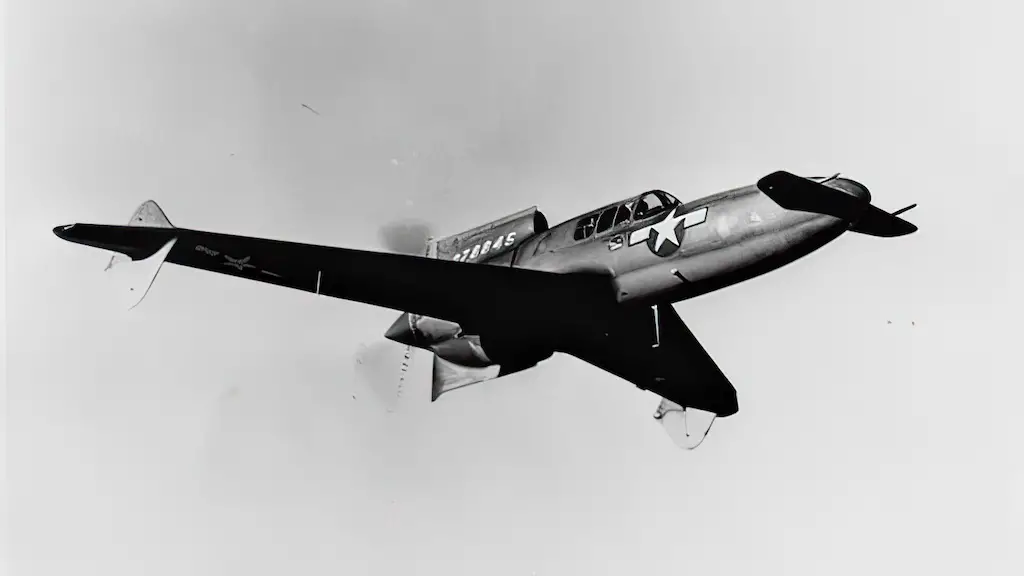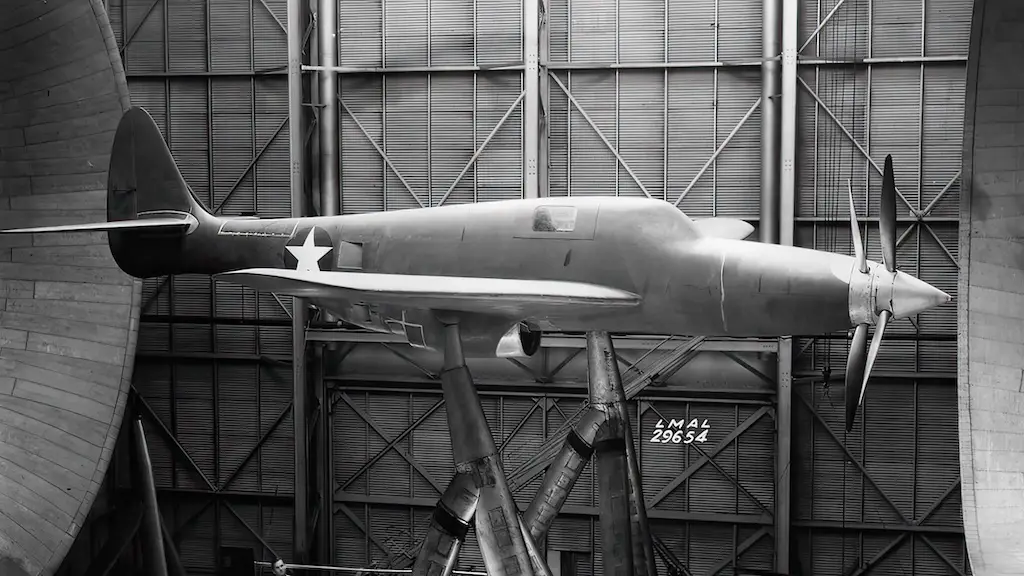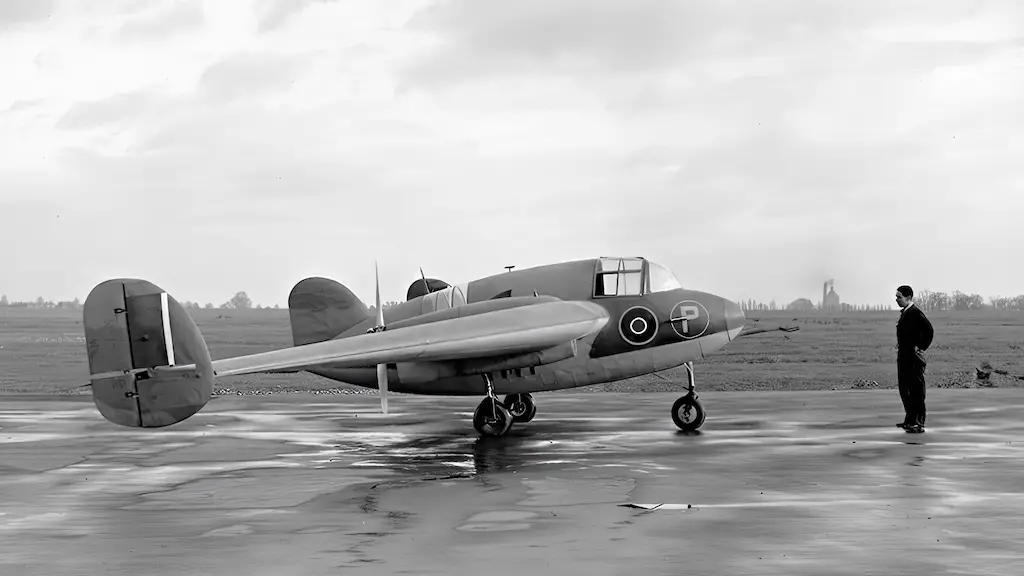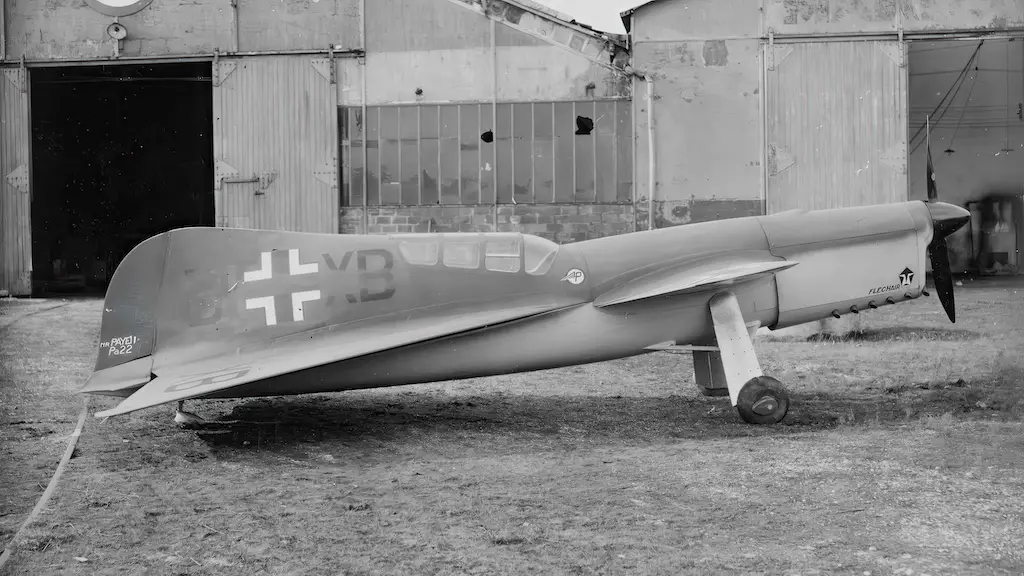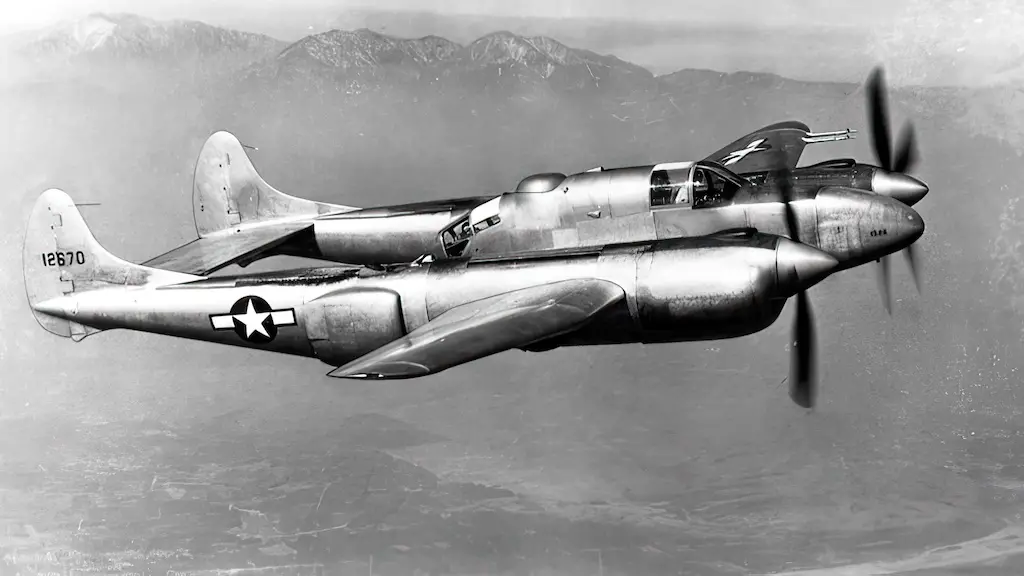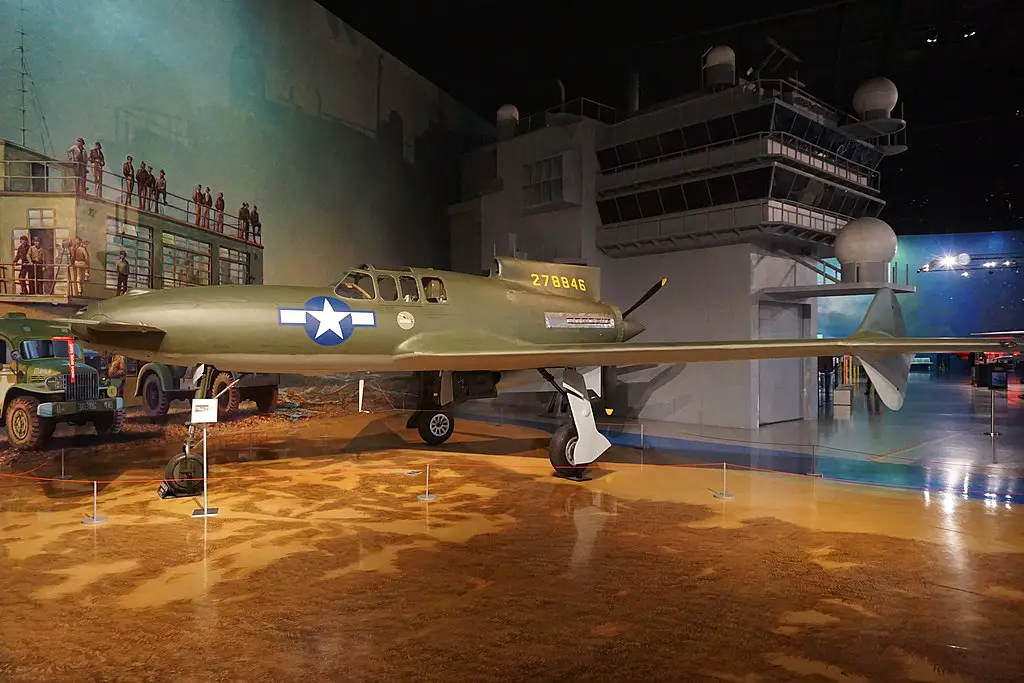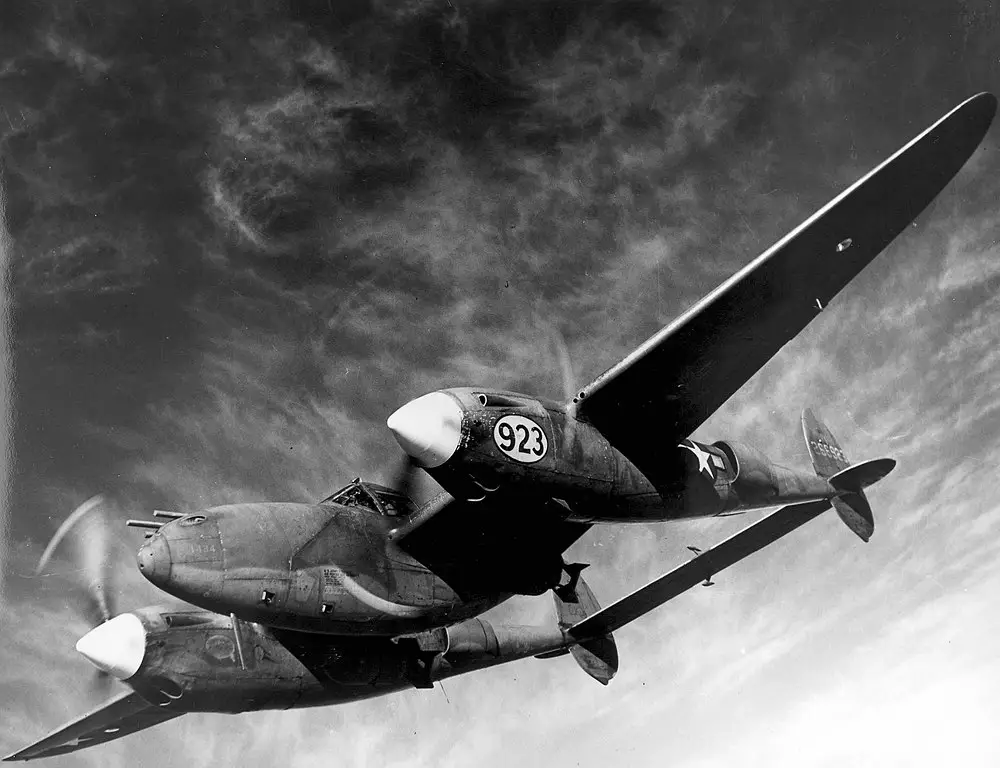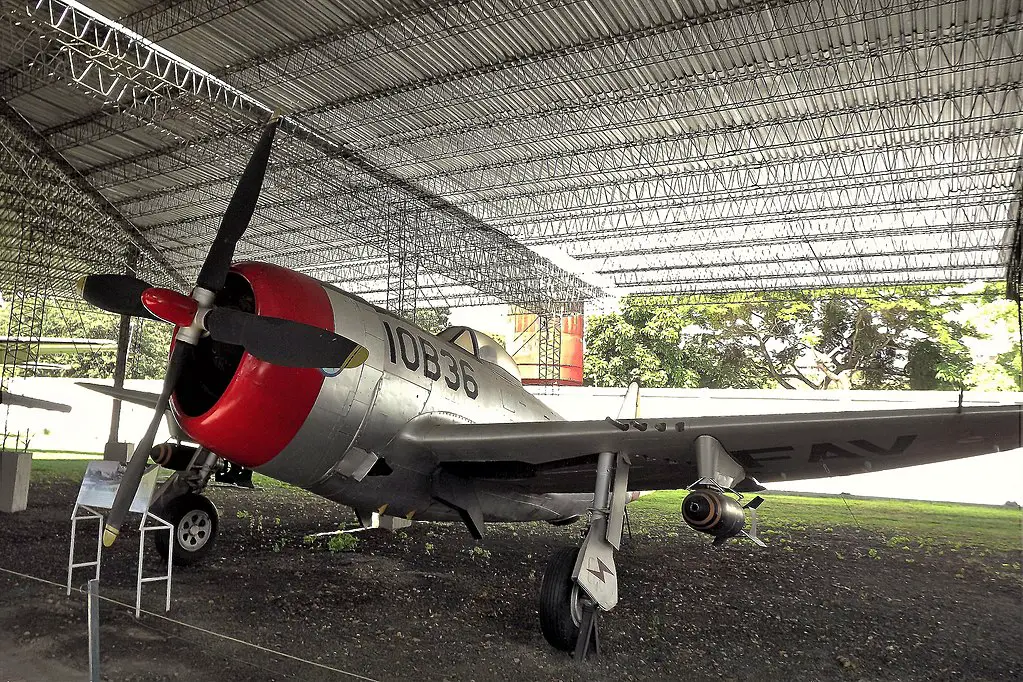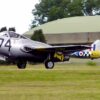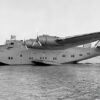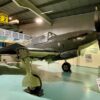Gull Wing Aircraft
The Curtiss-Wright XP-55 Ascender was among the most unique planes designed and built during World War II. This bird was the brainchild of the Curtiss-Wright Corporation, who in 1940 responded to the US Army Air Corps’ request for a new fighter plane that could pack a punch in terms of performance and maneuverability. And boy, did they deliver! With a pusher propeller configuration, a canard wing, and a uniquely styled “gull wing” shape, this prototype took its inaugural flight in July 1943.
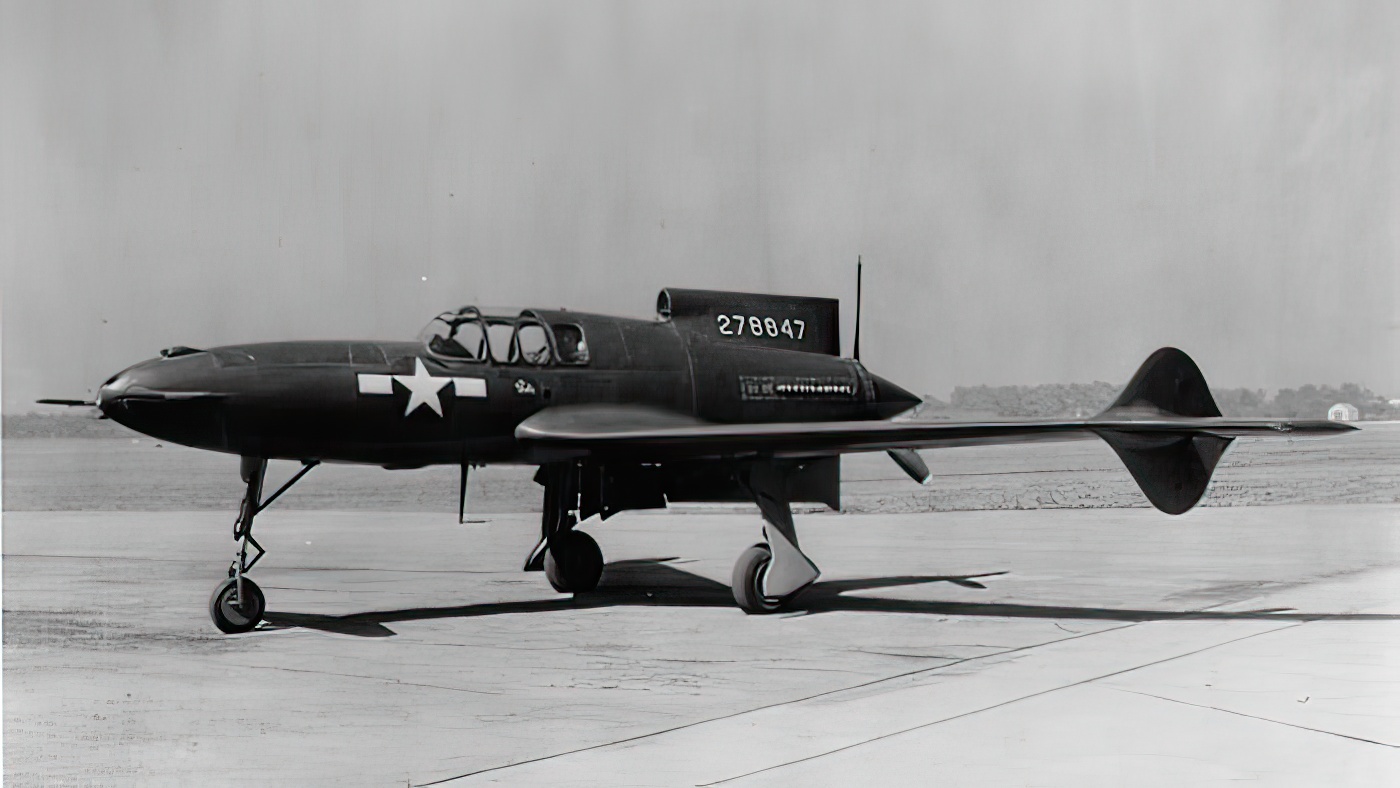
However, things weren’t all sunshine and rainbows for the XP-55. Initial test flights unearthed a plethora of design flaws, such as poor stability and control, engine inefficiencies, and landing gear problems. But that didn’t stop the Curtiss-Wright team from rolling up their sleeves and making some modifications. They added a bigger tail, a beefier engine, and revamped the landing gear system.
Despite these efforts, the XP-55 still had some stiff competition from established fighter plane designs like the Lockheed P-38 Lightning and the Republic P-47 Thunderbolt. These birds were already in production and had the track records to prove their worth. To make matters worse, the XP-55’s unconventional design made maintenance and repairs a bit more of a hassle. Military officials wanted a fighter plane that could be serviced and repaired with ease in the field.
The XP-55 was never mass produced and only three prototypes were ever constructed. While it was a technological success, showcasing the potential of innovative design concepts, its complex makeup and lack of proven performance ultimately led to its rejection by the military. Nonetheless, the XP-55 remains a fascinating and unique aircraft beloved by aviation enthusiasts and historians alike.
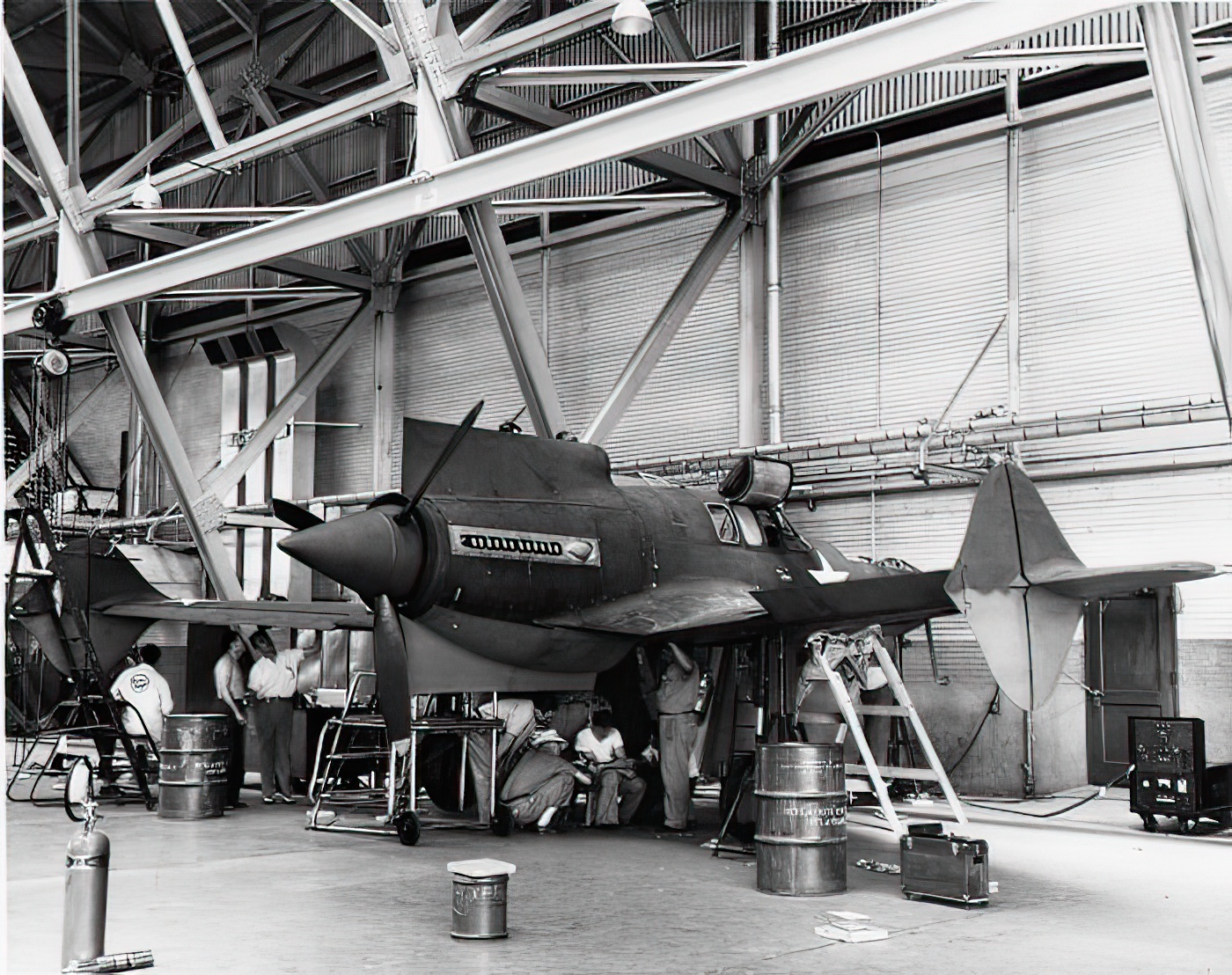
Testing was promising despite problems
The prototype took its first test flights in July of 1943. Unfortunately, the plane had some major design flaws in the beginning. It was tough to control, had a weak engine, and landing wasn’t easy either. But the engineers at Curtiss-Wright didn’t give up. They made some changes to the aircraft like adding a bigger tail, a stronger engine, and fixing the landing gear. These modifications helped the plane perform better, but it still had some issues. The maximum speed wasn’t great and the range was short.
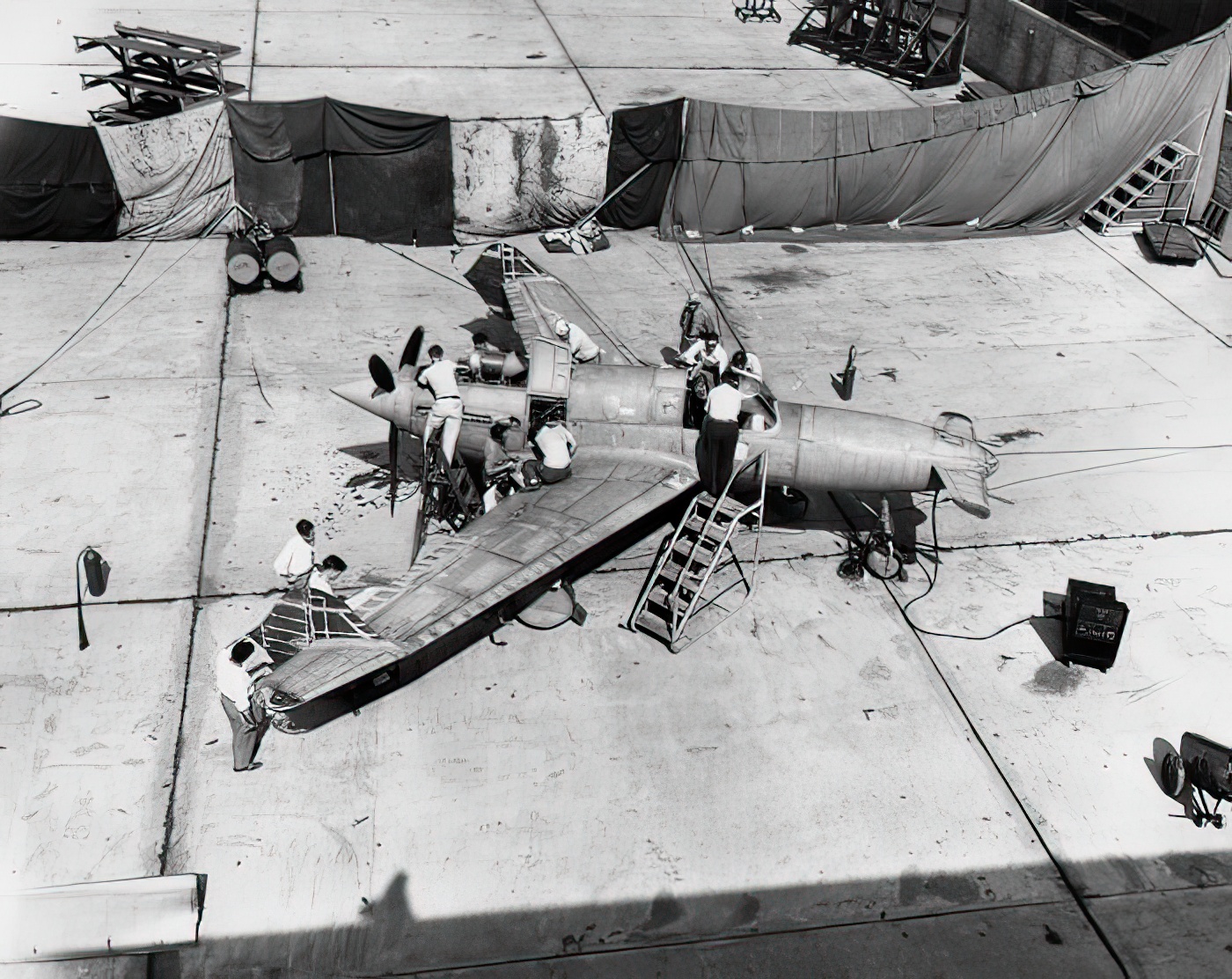
Despite these problems, the XP-55 was a pretty impressive plane during testing. Its gull-wing design made it easy to see and maneuver, which was super helpful for fighting in the air. Plus, the canard wing configuration gave the aircraft even more lift and stability, making it agile and fun to fly.
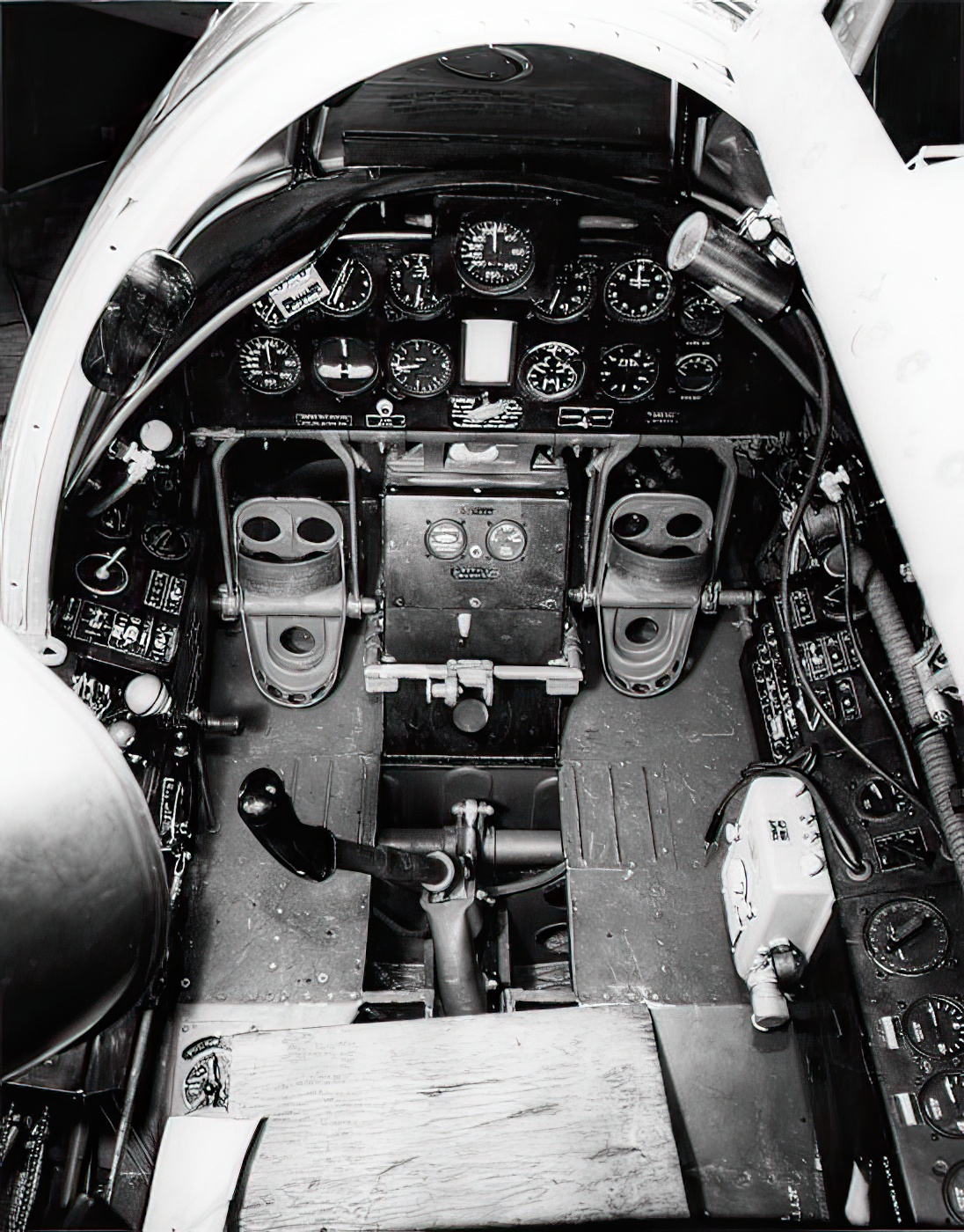
You can still see it today
In 1945 the prototypes ultimately fell into the hands of a private collector. Fast forward to 1965, when the Air Zoo museum acquired the XP-55 and embarked on an extensive restoration process to restore it to its original condition.
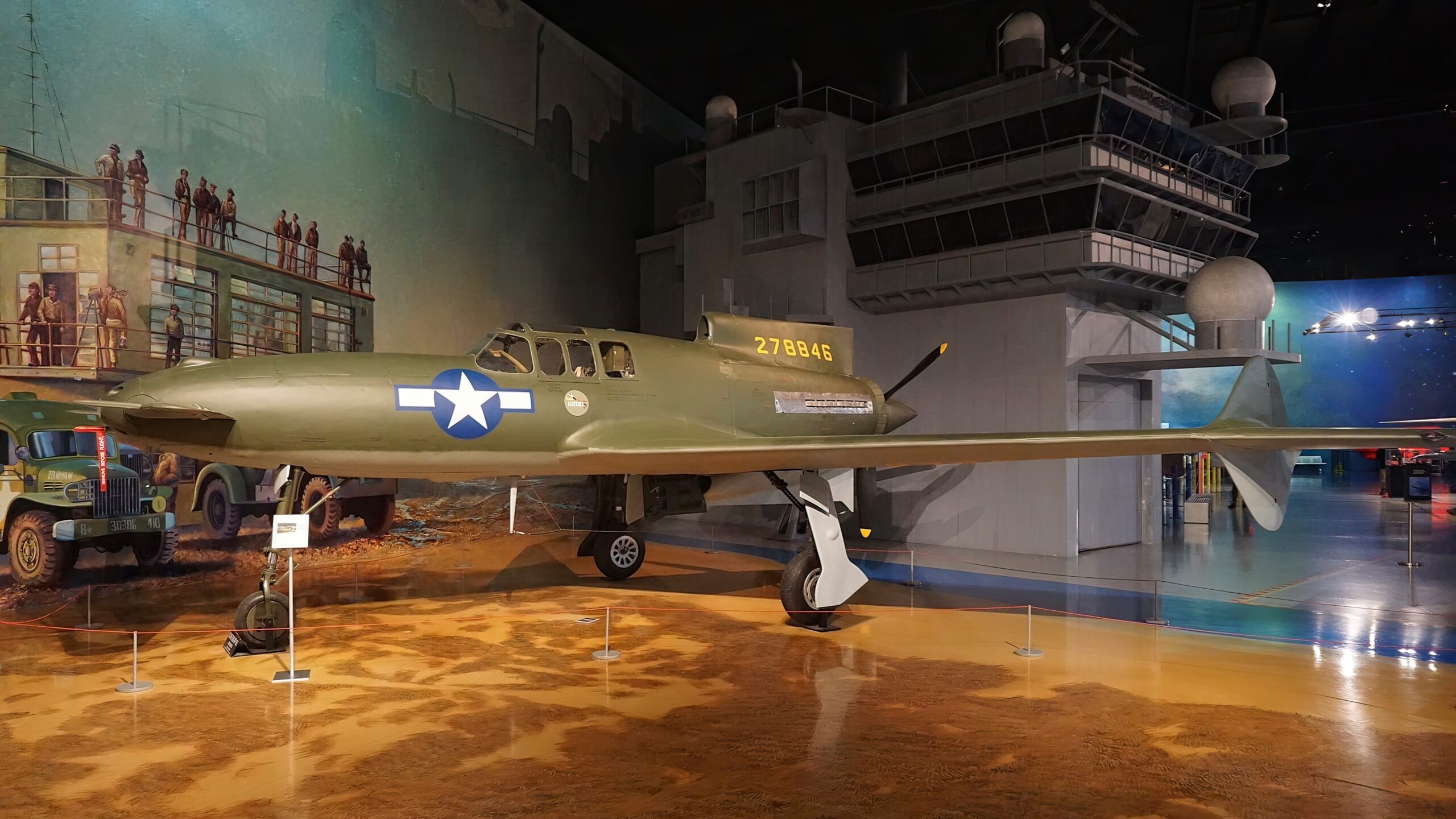
Nowadays, the XP-55 “Swoose Goose” stands out as one of the most extraordinary and scarce planes on exhibit at the Air Zoo. Visitors can marvel at this unique aircraft up close and immerse themselves in its innovative design and experimental history. The museum doesn’t just showcase this incredible machine. It also offers a plethora of educational programs and exhibits that touch upon the fascinating worlds of aviation and science, making it a must-visit destination for families, students, and aviation enthusiasts alike.

